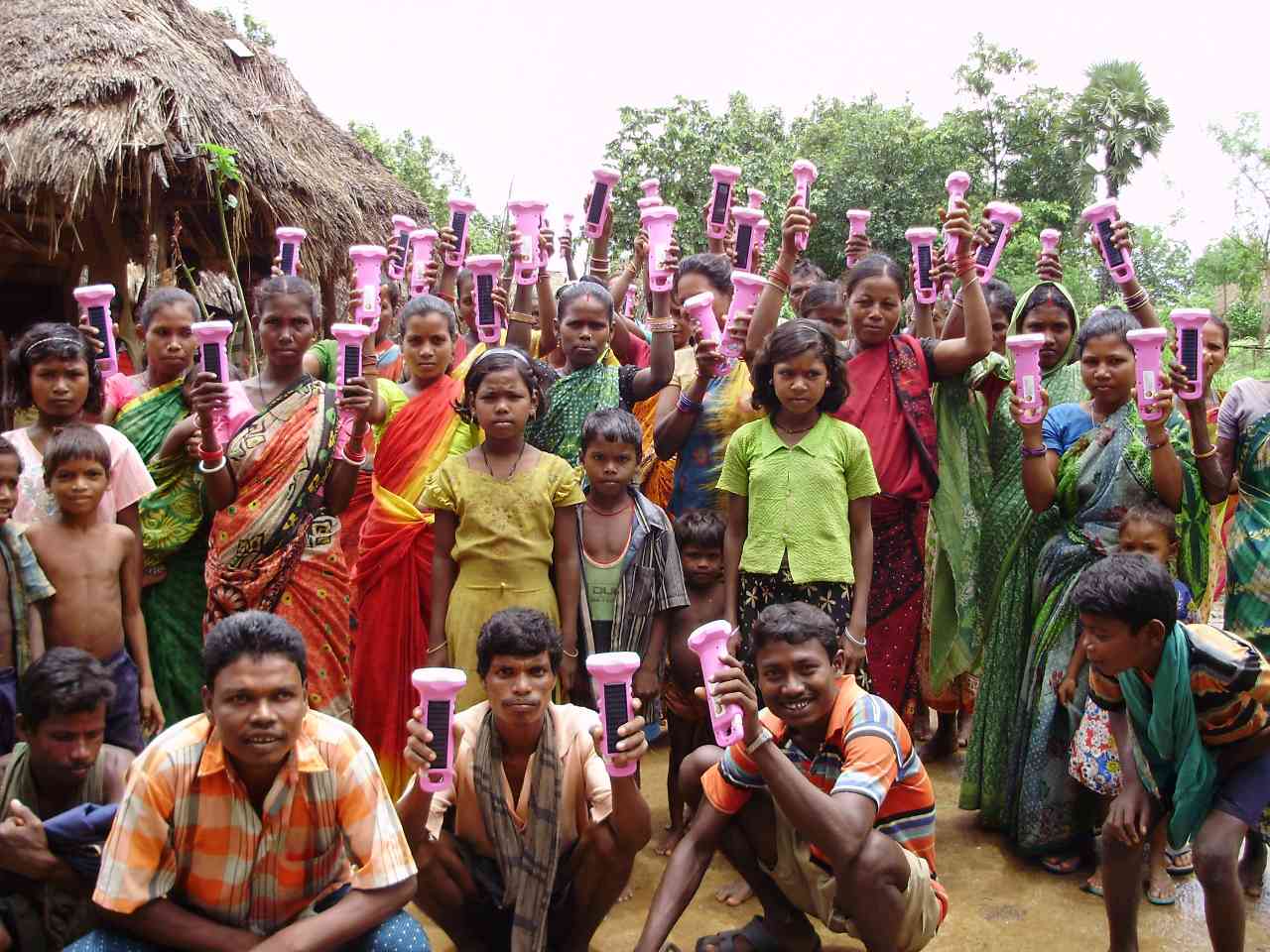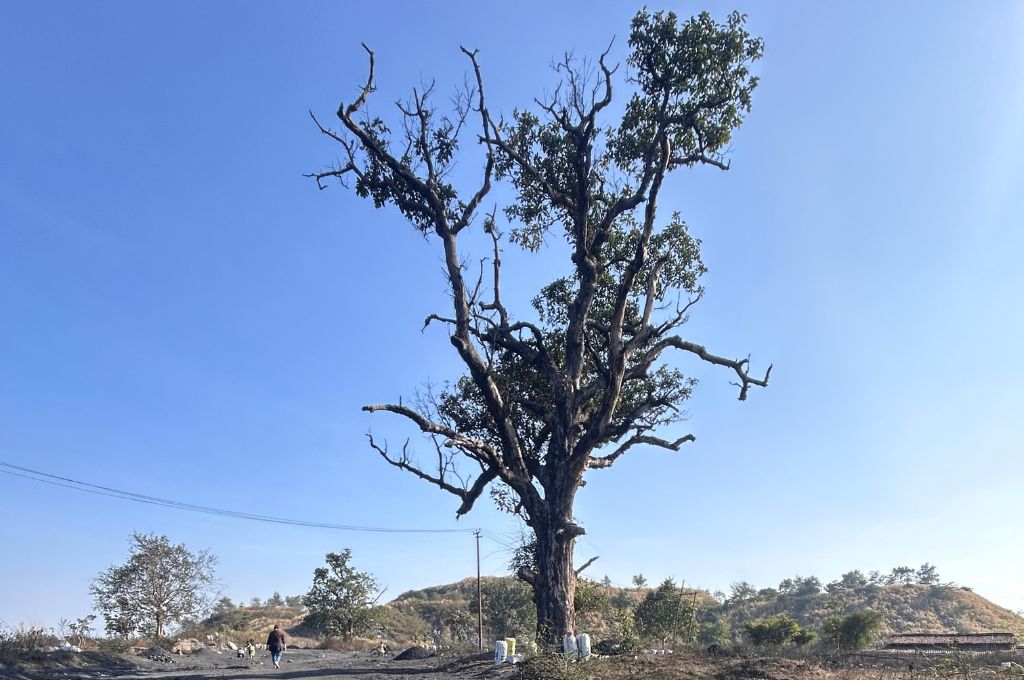It’s lit

A few years ago, households in Kelahata, one of the non-electrified Adivasi villages in Kankadahad block, Odisha, were given solar torches with hanging facility to help them do housework in the evening.
Initially, women used them in the evenings to cook meals and children used them to study. The villagers then used them to extend their working hours and earn more, by making sal leaf plates and bowls late into the night. Further, the torches also allowed the community to save significant amounts of money that they would otherwise spend on kerosene lamps and commercial lighting when celebrating festivals and weddings.
But the biggest unintended benefit of using solar torches? That year, there were no reports of snakebites when people would go to the toilet in the night.
Swapna Sarangi is a team leader at the Foundation for Ecological Security (FES) in Angul, Odisha.
—
Know more: Read about how the social sector can better serve the needs of Adivasi communities.
Do more: Connect with the author at [email protected] to understand more about her work and extend support.



